This successful test marks a major step forward in the development of future satellite control systems.
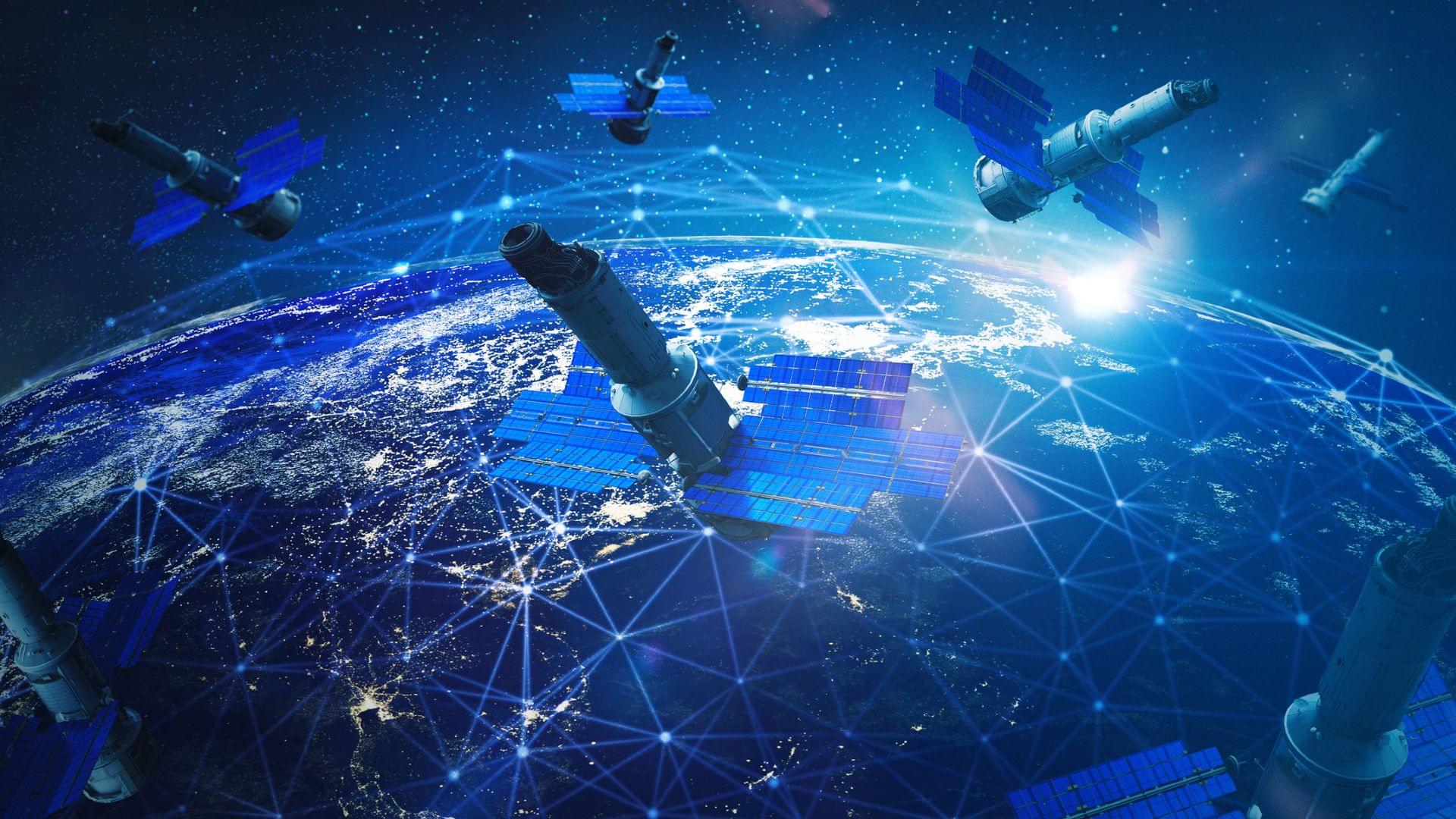

Liftoff of the Sentinel-6B satellite is scheduled for 12:21 a.m. ET on Monday (Nov. 17).
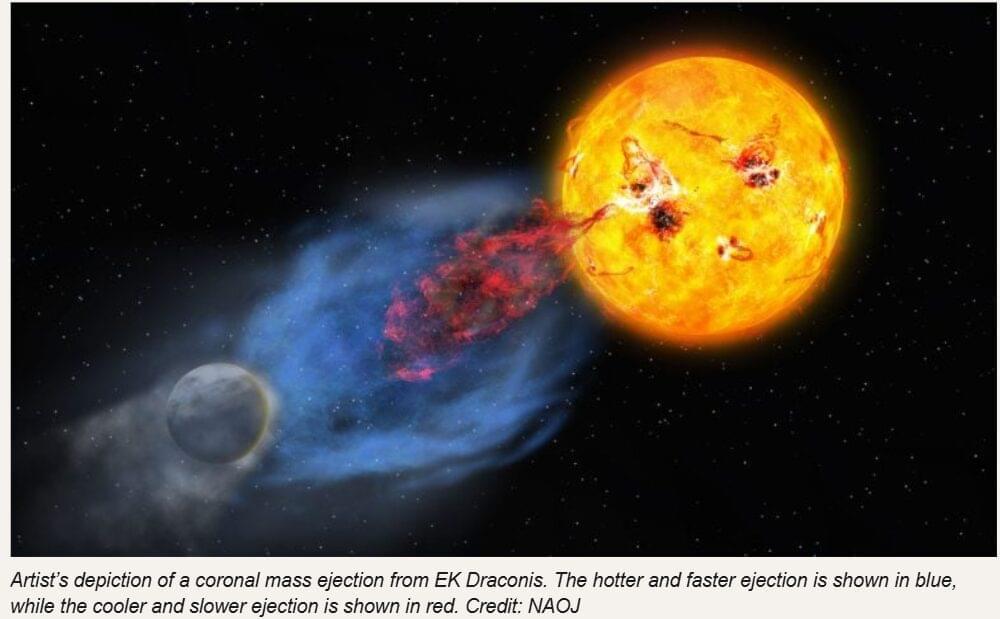
A young Sun’s violent plasma eruptions may have helped ignite the spark of life on Earth. Astronomers observed a massive, multi-temperature plasma eruption from a young Sun-like star, revealing how early solar explosions could shape planets. These fierce events may have influenced the atmosphere and life-forming chemistry of the early Earth.
Although we rarely notice from Earth, the Sun is continuously hurling enormous clouds of charged plasma into space. These events, known as coronal mass ejections (CMEs), often occur alongside sudden bursts of light called solar flares. When particularly strong, CMEs can stretch far enough to disturb Earth’s magnetic field, producing dazzling auroras and sometimes triggering geomagnetic storms that disrupt satellites or even power grids.
Scientists believe that billions of years ago, when the Sun and Earth were both young, solar activity was far more intense than it is today. Powerful CMEs during that period may have influenced the conditions that allowed life to emerge and evolve. Studies of young Sun-like stars — used as stand-ins for our own star’s early years — show that these stars often unleash flares far stronger than any recorded from the modern Sun.
Advancements in AI, robotics, and space exploration are driving us towards a future of sustainable abundance, enabled by innovations such as space-based solar power, humanoid robots, and scalable AI infrastructure. ## ## Questions to inspire discussion.
Terafabs and AI Chips.
🛠️ Q: What are Elon Musk’s plans for terafabs?
A: Musk plans to build terafabs with 10 lines, each producing 100k wafers/month, costing **$10–20 billion/line.
🔋 Q: What challenges do AI chips face for scaling?
A: Scaling AI faces bottlenecks in AI chips and energy, with Musk’s terafabs and solar power as key solutions.

Significant work has been done to develop quantum satellites, which generate entangled pairs in space and distribute them to ground stations separated some distance away. The reverse “ uplink’’ case, where pairs are generated on the ground and swapped on the satellite using an optical Bell measurement, has not been seriously considered due to a prevailing assumption that it is practically infeasible. In this paper, we illustrate the feasibility of performing Discrete Variable photonic Bell measurements in space by conducting a detailed numerical analysis to estimate the channel efficiency and attainable pair fidelity for various satellite-station configurations. Our model accounts for a wide range of physical effects such as atmospheric effects, stray photons, and mode mismatch.
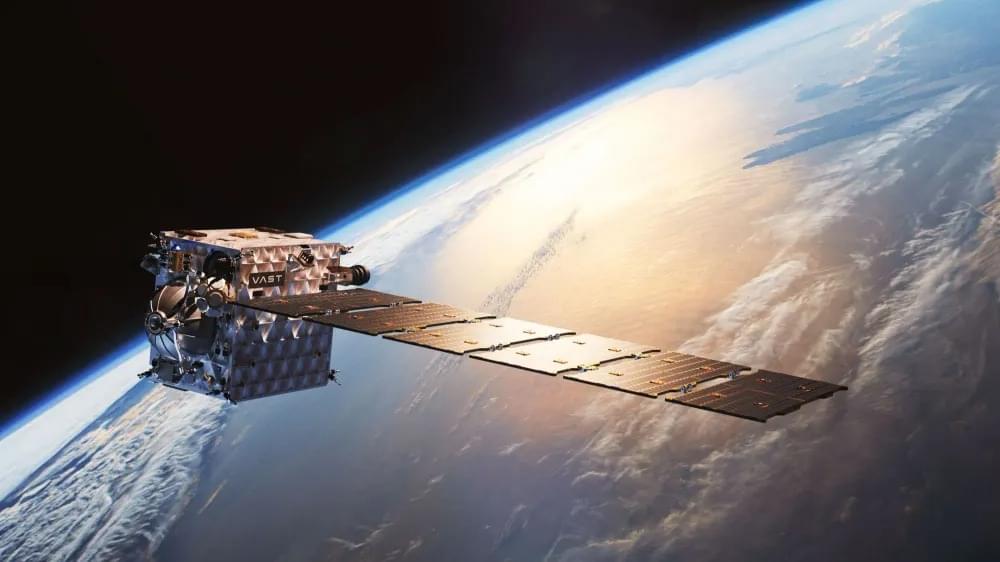
It may look like an ordinary satellite, but the recently launched Haven Demo is a major step toward the first commercial space station. Built by Vast, the 1,100-lb (500-kg) uncrewed spacecraft will test core systems of the planned Haven-1 outpost.
Launched on November 1, 2025 atop a SpaceX Falcon 9 rocket, Haven Demo was one of 18 shared payloads for a variety of customers that formed the Bandwagon-4 mission. The satellite is scheduled to remain in orbit for six months during which it will carry out a series of tests to reduce the risk of failure when Haven-1 is put into orbit in May of next year.
True, the Haven Demo doesn’t look like any sort of space habitat. There’s no balloon-like module for astronauts to hang out in, but it does have propulsion systems, flight computers, navigation and guidance systems, communication units, and power systems similar to those that will be used on Haven-1. The Haven Demo will not only validate these systems in orbit, but it will also test the ground network and mission operations infrastructure back on Earth.
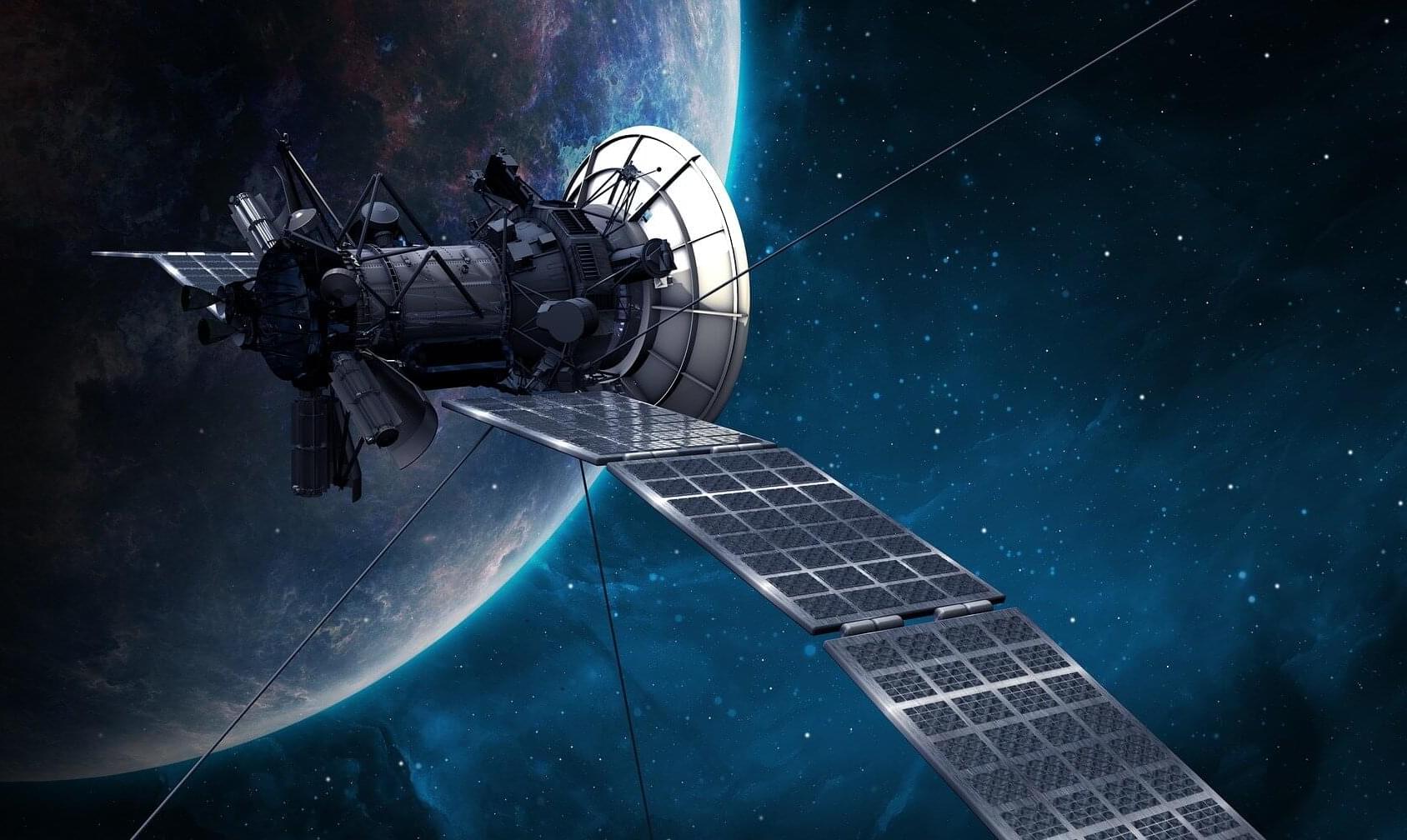
Quantum satellites currently beam entangled particles of light from space down to different ground stations for ultra-secure communications. New research shows it is also possible to send these signals upward, from Earth to a satellite; something once thought unfeasible.
This breakthrough overcomes significant barriers to current quantum satellite communications. Ground station transmitters can access more power, are easier to maintain and could generate far stronger signals, enabling future quantum computer networks using satellite relays.
The study, “Quantum entanglement distribution via uplink satellite channels”, by Professor Simon Devitt, Professor Alexander Solntsev and a research team from the University of Technology Sydney (UTS), is published in the journal Physical Review Research.
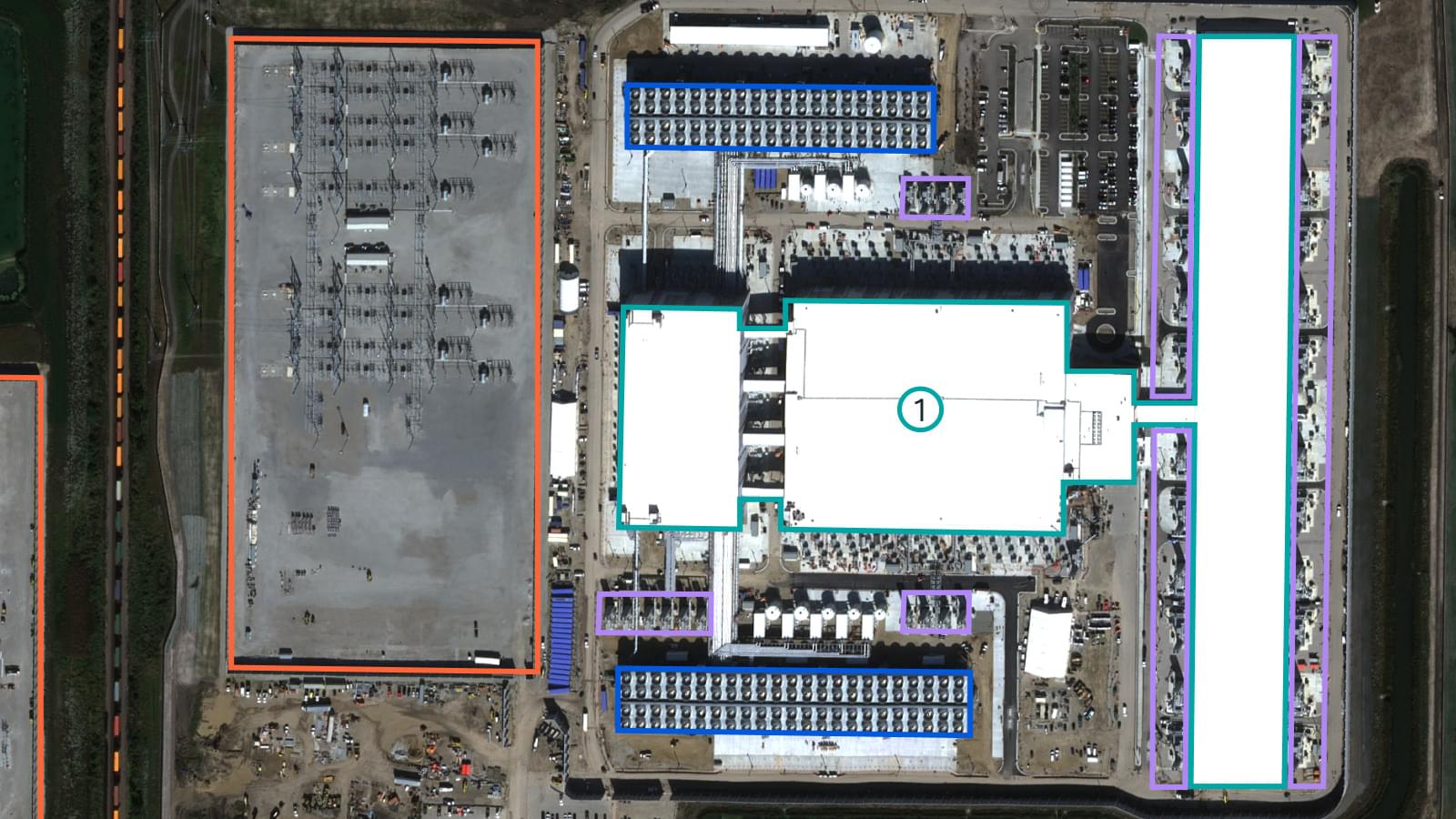

Artificial intelligence (AI) is a foundational technology that could reshape our world, driving new scientific discoveries and helping us tackle humanity’s greatest challenges. Now, we’re asking where we can go to unlock its fullest potential.
The Sun is the ultimate energy source in our solar system, emitting more power than 100 trillion times humanity’s total electricity production. In the right orbit, a solar panel can be up to 8 times more productive than on earth, and produce power nearly continuously, reducing the need for batteries. In the future, space may be the best place to scale AI compute. Working backwards from there, our new research moonshot, Project Suncatcher, envisions compact constellations of solar-powered satellites, carrying Google TPUs and connected by free-space optical links. This approach would have tremendous potential for scale, and also minimizes impact on terrestrial resources.
We’re excited about this growing area of exploration, and our early research, shared today in “Towards a future space-based, highly scalable AI infrastructure system design,” a preprint paper, which describes our progress toward tackling the foundational challenges of this ambitious endeavor — including high-bandwidth communication between satellites, orbital dynamics, and radiation effects on computing. By focusing on a modular design of smaller, interconnected satellites, we are laying the groundwork for a highly scalable, future space-based AI infrastructure.
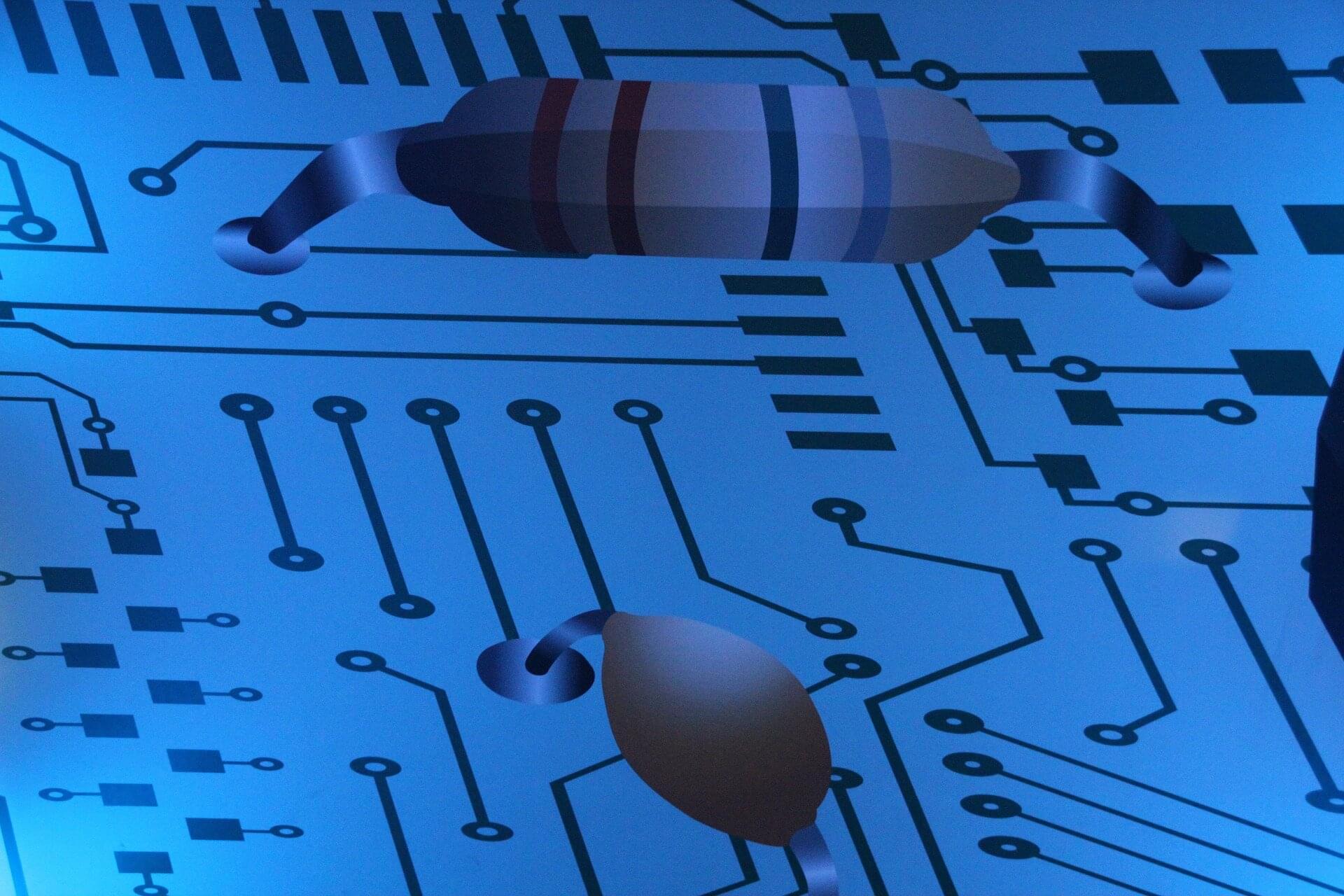
King Abdullah University of Science and Technology (KAUST; Saudi Arabia) researchers have set a record in microchip design, achieving the first six-stack hybrid CMOS (complementary metal-oxide semiconductor) for large-area electronics. With no other reported hybrid CMOS exceeding two stacks, the feat marks a new benchmark in integration density and efficiency, opening possibilities in electronic miniaturization and performance.
A paper detailing the team’s research appears in Nature Electronics.
Among microchip technologies, CMOS microchips are found in nearly all electronics, from phones and televisions to satellites and medical devices. Compared with conventional silicon chips, hybrid CMOS microchips hold greater promise for large-area electronics. Electronic miniaturization is crucial for flexible electronics, smart health, and the Internet of Things, but current design approaches are reaching their limits.